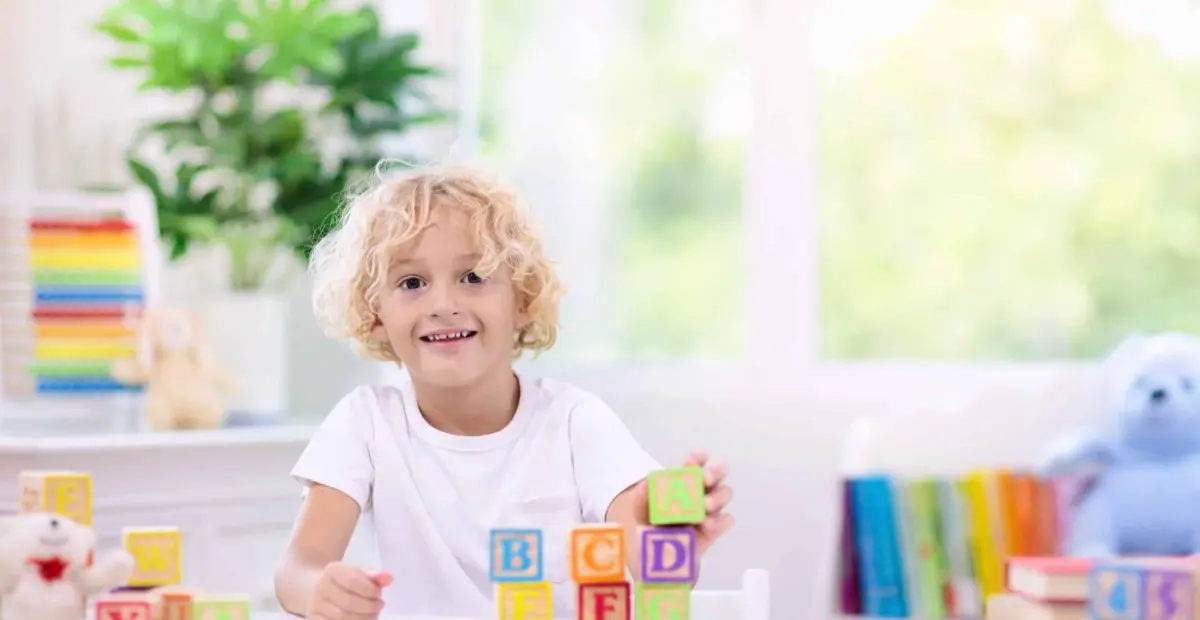It’s not enough to say that home libraries are important. We need to take it a step further and ask why home libraries are important and how we can help build your student's home library.
Why a home library?
Let’s start with this: “Children growing up in homes with many books get 3 years more schooling than children from bookless homes, independent of their parents’ education, occupation, and class,” 20-year research study in 27 countries. That’s a three-year academic head start! The study also found that the effect is greatest on economically disadvantaged students. The Annie E. Casey Foundation reports that 79% of economically disadvantaged kids are below proficient in reading by fourth grade. Compare that to the number of books found in their homes, and we have a pretty good argument for a concerted effort to build home libraries among our most vulnerable population.
Kids love to collect. They collect to own, organize, and prioritize – skills that will pay lifelong benefits. The impact of a home library is far-reaching. In fact, elementary teacher Justin Minkel found through his project called The 1000 Book Project, students who built home libraries actually transformed the family literacy culture.
Summer Slide – “The way we’ve always done it.”
I have had hundreds of discussions with educators on the best way to build a summer reading program. I learned that school districts have employed the same four ideas for many years, yet the results remain the flat 65% of fourth graders are below proficiency. These practices include:
- The Book Bus: Seats are removed from a bus to create a mobile library. These are generally short-lived for two reasons: 1) It’s very difficult to sustain the logistics involved and 2) the kids who need it don’t come.
- The Bag-O-Books: A bag of books is sent home on the last day of school with instructions to read them. Often there is no follow-up or follow-through and the bag gets set aside and forgotten.
- Encouraging Library Visits: Access to transportation and the limited number of libraries is a hurdle for many.
- Summer School: Traditional summer intervention is the costliest solution. Summer school can cost up to $3000 per student (Wallace Foundation) and those that need it most often stay home.
Learning loss elimination through home libraries – BEST PRACTICE
Mailing books to kids every 10 to 14 days removes many of the hurdles mentioned above and builds anticipation while also building home libraries. Allowing kids to choose the titles in their library creates ownership. Kids Read Now provides weekly resources to parents; this makes it easy for them to engage with their kids and increase comprehension. It can be as simple as a Discovery Sheet with four questions specific to the book. These best practices are all supported in current research on mitigating learning loss like this one from The University of Wisconsin – Madison. The power of a home library cannot be understated. If you build it, they will read.



